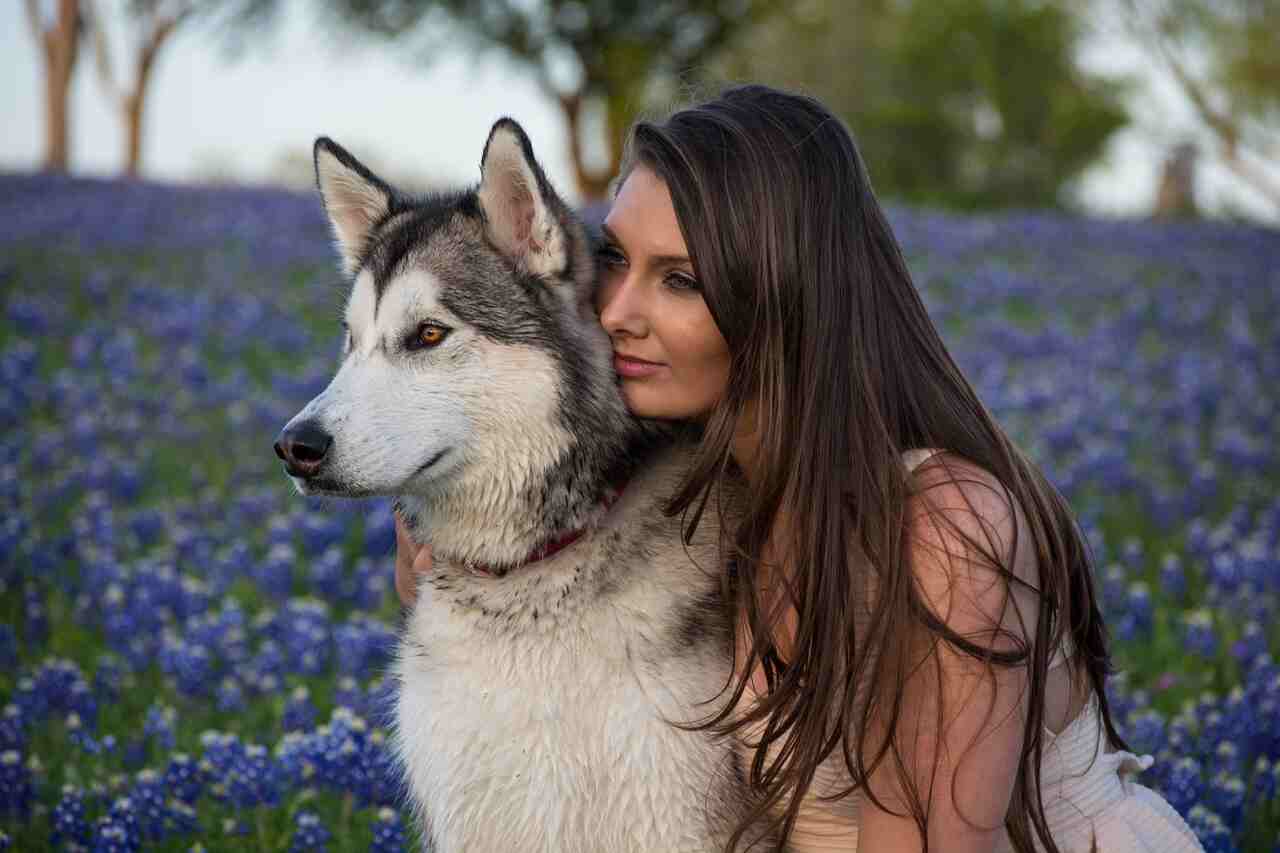
With the advancement of the veterinary industry and the growing variety of products for dogs and cats, a new type of pet owner is emerging, one that seeks to provide increasingly quality of life, comfort, and well-being for their animals. According to data from the 2023 Pet Radar survey, conducted by the Companion Animal Commission (Comac) of the National Union of Animal Health Products Industry (Sindan), this profile is now known as “Emotional Pet Lovers” and represents the majority, totaling 32%, while the “Rational Pet Lovers” group comprises 23%.
+ Compilation of videos brings together cute moments between dogs and cats
+ Cats consume over 2,000 species, 347 of them endangered, says study
“This new category considers pets as legitimate members of their families and is willing to invest in high-quality care, seeking the most advanced products available on the market to meet the needs of their pets. This trend emerged in response to people’s growing interest in providing quality of life and longevity to their little ones, combining essential care with preventive measures,” explains Andrea Castro, Coordinator of Comac.
Mostly, the “emotional” group consists of women up to 39 years old, including singles, widows, divorced, without children, and falls into the AB1 social class. Members of the LGBTQIA+ community are also predominant in this category. Geographically, this type of pet owner is found in the Southeast region and lives in both houses and apartments.
The “Rational Pet Lover” is the profile that seeks a balance between reason and emotion and tends to be female, around 40 years old, usually living alone and in apartments. These owners predominantly belong to the AB social class and are distributed throughout the country.
Various factors were responsible for the behavior change that gave rise to this new relationship. This includes significant advances in medicine and the veterinary industry, lifestyle, the continuous growth and sophistication of the health care ecosystem, and the increasingly important role of veterinarians in pets’ lives. The configuration of new homes during the Covid-19 pandemic also contributed to the closeness of this relationship, as during this period there was an increase in the number of single, widowed, or separated pet owners, which further strengthened the emotional bond between people and their pets.
In 2023, 29% of people consider their dogs as true family members, compared to 25% in 2019. Regarding cats, 25% of people now have this family relationship, compared to 21% in 2019. The numbers reflect the predominance of the “Emotional Pet Lover” profile in 2023.
Other owner profiles
In addition to the types of pet owners, there are also the “Detached,” who maintain a weaker emotional bond with their pets, mainly concerned with basic care. Generally, these are men around 50 years old, married, and with children. They belong to the C class and live in houses in the Midwest and North regions of the country.
There are also the “Pet Friends,” who are mostly women aged 30 to 59, married, and with children. These owners, belonging to the C class and residing in the Southeast and Midwest, have a strong bond with their dogs and cats, considering them part of the family, despite having little time to pay attention due to daily activities.
“According to the survey results, in 2019, the group of owners classified as ‘Detached’ represented 21%, while this year, this number was reduced to 18%. This decrease highlights the strengthening of affection and care bonds between owners and their pets,” Andrea adds.
Other data
Ten years ago, owners mainly focused on basic care for their pets, resulting in preventive consultation rates of 15% for dogs and 10% for cats. However, in 2023, there was an increase to 30% in dogs and 21% in cats regarding preventive measures. Now, owners’ attention is not only focused on basic needs but also on the quality of life and longevity of pets.
With the constant evolution and sophistication of services, dogs and cats are becoming increasingly present and integrated into everyday life. According to the 2023 Pet Radar survey, malls, hotels, restaurants, participation in sports activities, daycare, and even plane trips are examples of where they are gaining increasing presence and integrating into people’s routines. This reflects owners’ growing desire to provide a superior quality of life for pets, who now share spaces traditionally reserved for humans.

